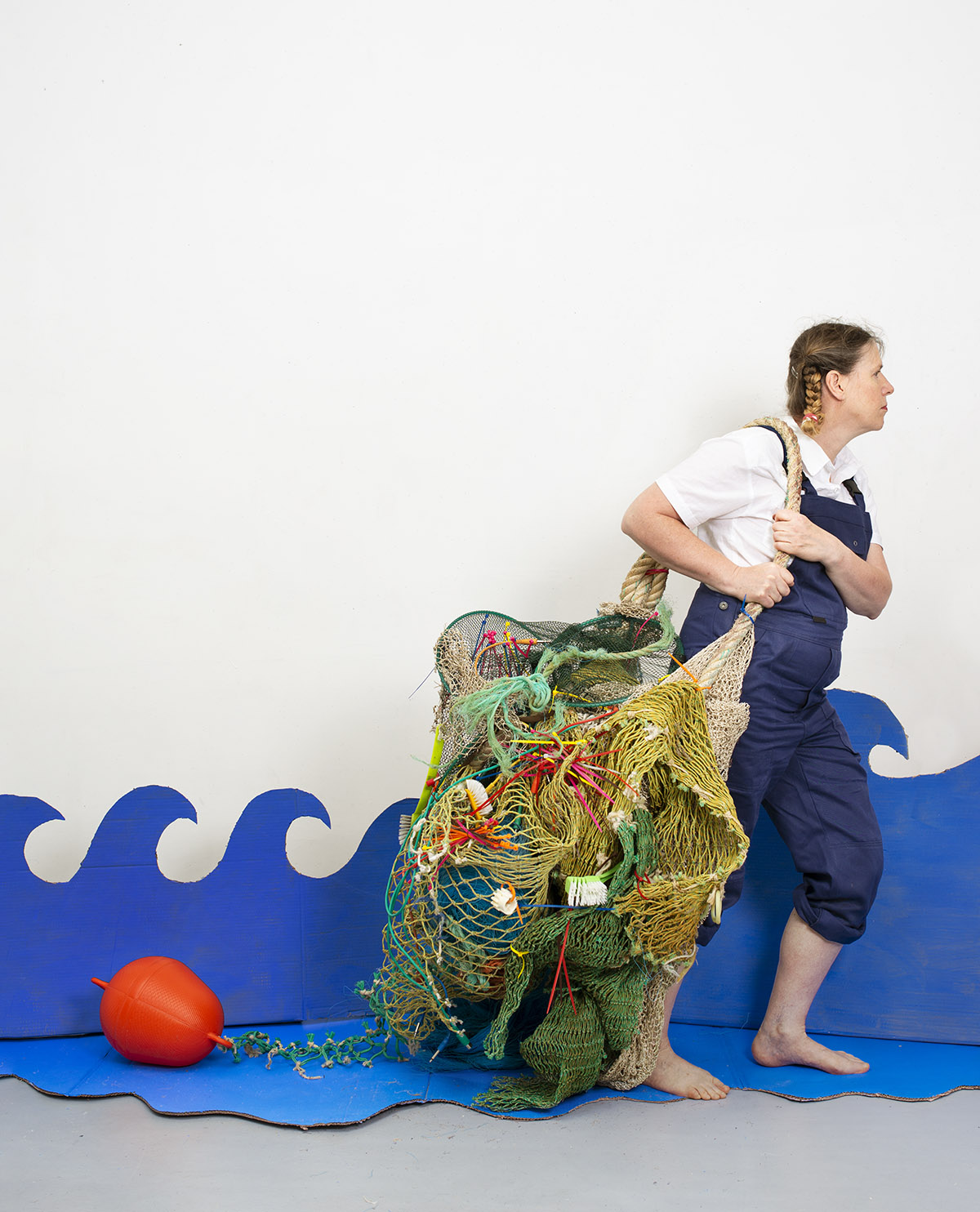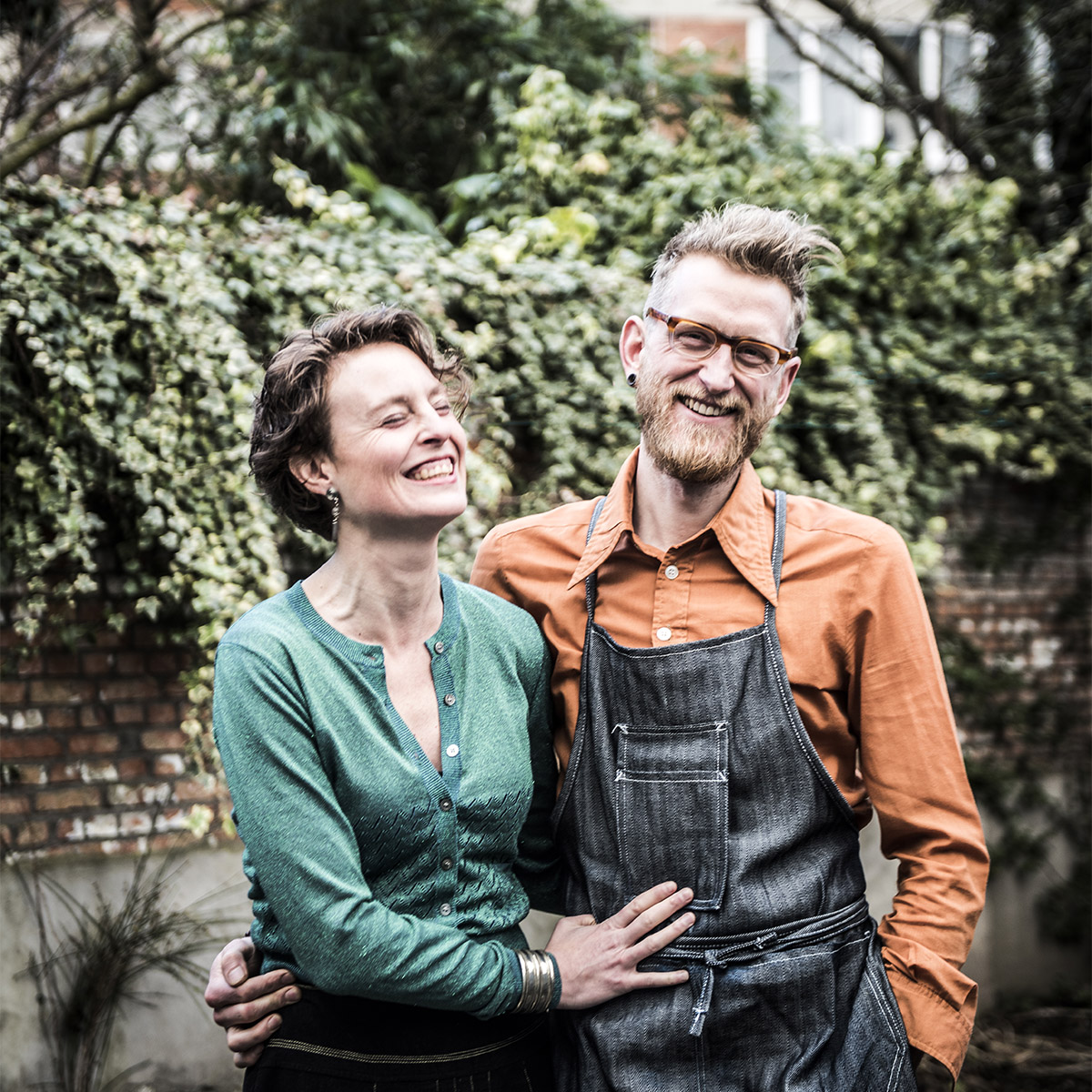Wine discoveries in Benelux
TEXT: PAOLA WESTBEEK
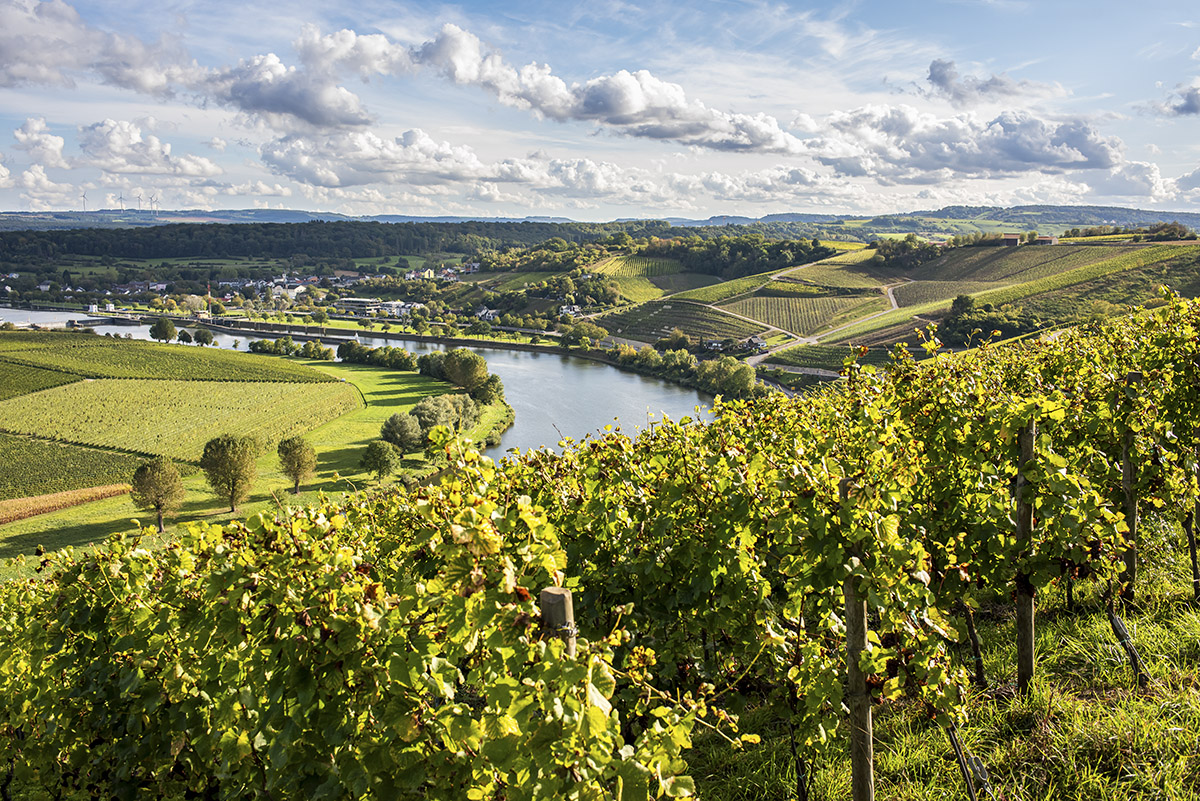
Wine lovers these days have more choices than ever. While many still associate excellent wines with Old World countries such as France and Italy, the Benelux countries are also making exceptional wines – in all colours and styles – that are tickling the taste buds of connoisseurs. Get ready to explore and sip your way through Benelux’s fascinating viticultural landscape!
Dutch wine
Visit a fine restaurant in Benelux, and chances are you’ll find at least a few regional gems on the wine list. Take Restaurant Rijks in Amsterdam, for example, which received the Wine Spectator Award in 2020 for featuring no fewer than 30 impressive Dutch vintages on their wine list’s ‘Gallery of Honour’. Though one may not immediately think of the Netherlands as a wine country, its viticultural history goes back to Roman times. Up until the middle of the 13th century, the climate was mild and perfect for growing wine grapes. Climate change and cooler temperatures, however, along with a preference for beer (which was easier to make and cheaper, too) meant that as of 1500, vineyards would start to disappear. The final blow to Dutch winemaking was the phylloxera plague, which spread across Europe in the 1860s. In the 1970s, viticulture was reintroduced to the Netherlands and since then, vines have been thriving on Dutch soil. Today there are some 165 professional winemakers working roughly 275 hectares of vines. Most vineyards are found in the provinces of Limburg and Gelderland, but wine is made in every corner of the country. Approximately one million bottles are produced annually (of which two-thirds is white wine). Modest, when compared to wine countries such as France, Italy and Spain, yet impressive nonetheless considering the cool and wet Dutch climate.
In terms of grapes, the country’s passionate producers have been successfully growing classic varietals such Pinot Blanc, Auxerrois, Pinot Gris, Chardonnay and Pinot Noir, but also newer and more resistant hybrid varietals such as Regent, Johanniter, Solaris and Cabernet Cortis.
The oldest (1970) and perhaps the most famous Dutch vineyard is Apostelhoeve in Maastricht, currently spanning 20 hectares. Using the Müller-Thurgau, Auxerrois, Riesling en Pinot-Gris grape varieties, Apostelhoeve produces six refreshingly crisp, Elzas-like, dry white wines and two sparkling wines. Apostelhoeve’s wines have been served at ceremonial dinners hosted and attended by the likes of Paul Bocuse and the Dutch royals.
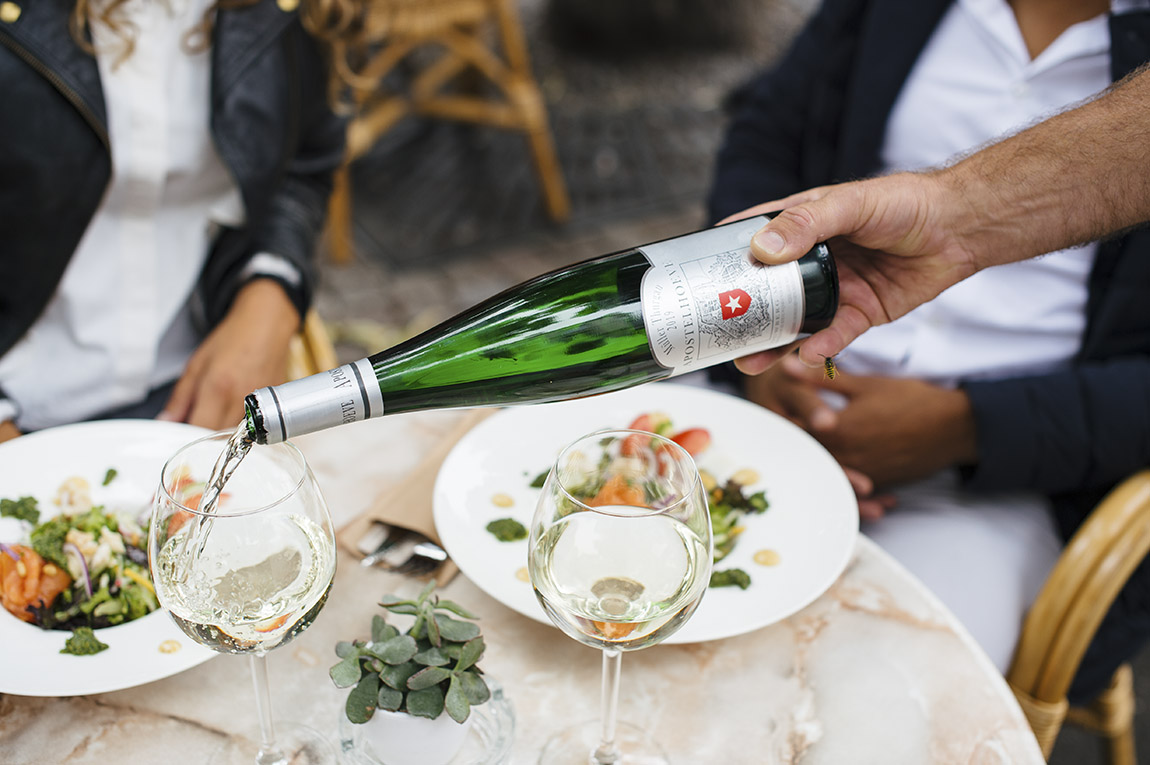
Apostelhoeve wine. Photo: Jan Bijl Fotografie
A lovely family-run winery to visit when in the Netherlands is Wijngaard de Kruithof, located in the village of Ophemert in Gelderland. Planted in 2012 with Johanniter and Souvignier Gris, the vineyard only covers half a hectare, but the wines and hospitality are mighty. Wijngaard de Kruithof is run by Kees Kruitwagen (who embarked on an educative wine journey to France in 1972) and his wife Marion (who provides the most delicious culinary pairings for the tastings and high wines organised at the winery).
Wijnhoeve de Colonjes, which spans 13 hectares and is located on a southern slope on the edge of Groesbeek, has been producing organic wines since 2001 and is the country’s largest organic vineyard. Ten varietals are used to make award-winning reds, whites, rosés and sparkling wines. Thanks to the efforts of Wijnhoeve de Colonjes, Groesbeek has become the country’s leading wine village. In fact, there are twelve other vineyards located in and around Groesbeek. Those eager to try the local wines can attend Groesbeek’s annual Dutch wine celebration (Nederlandse Wijnfeesten), scheduled to take place this year on 23 and 24 September. Wander through the lush vineyards, take part in informative wine workshops and discover why Dutch wines have impressed the likes of connoisseurs such as Jancis Robinson. After tasting 16 different Dutch wines in 2010, the acclaimed critic’s “condescending skepticism” was turned into “surprised delight”. She called her experience the “most surprising tasting ever”.
More than beer
Belgium may mostly be known for its beer, but wine also has a long and rich history in the country. Viticulture flourished in the Middle Ages in the hands of the monks and later the nobility. Back then, even the tiniest village had its own vineyard. Like in the Netherlands, however, cooler temperatures around 1500 made viticulture difficult, and beer became the drink of choice. The phylloxera plague didn’t spare Belgium either, meaning that the idea to start growing grapes again in the 1830s was – quite literally – nipped in the bud. It wasn’t until 1964, when Belgian wine pioneer Jean Bellefroid planted his vines in Borgloon, that winemaking would officially return to the country. Wine production has grown exponentially in the last decade, and today, the country counts approximately 240 winegrowers spread out over 800 hectares of vineyards. In 2022, production reached an all-time high with a little over three million bottles of wine marketed that year.
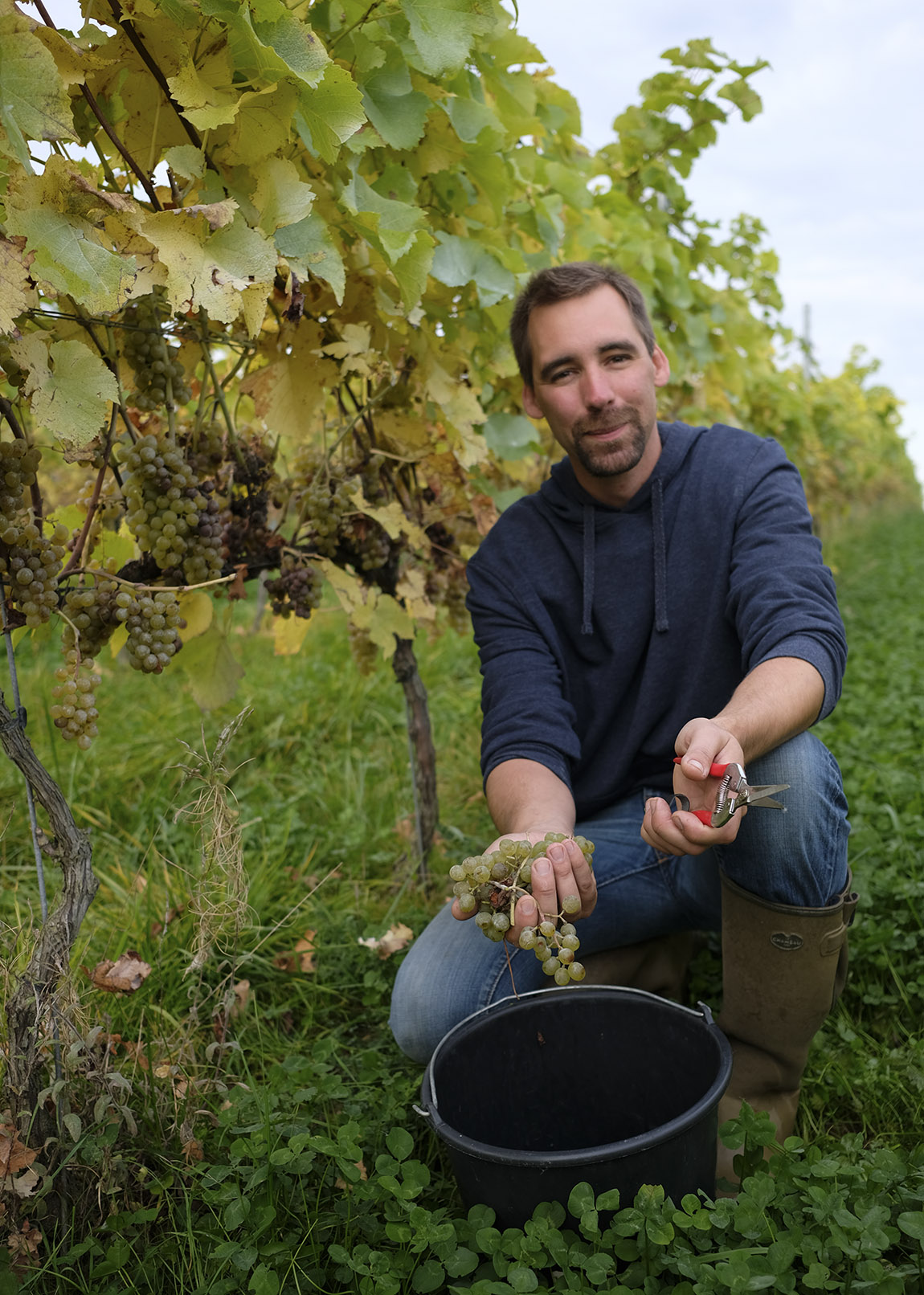
A wine estate in Liège. Photo: Olivier Legardien
Belgium produces mostly white and sparkling wines. Despite the cool climate, winegrowers are employing modern viticultural techniques and cleverly using suitable grape varietals, thus significantly improving the quality of the wines and even earning them international recognition. One of the country’s award-winning wineries is Domaine du Chant d’Éole, located in the charming village of Quévy-le-Grand in Mons. Their Blanc de Blancs was named ‘Best Sparkling Wine’ in 2019 and 2020. Domaine du Chant d’Éole was founded in 2010 when the Belgian Ewbank family joined forces with renowned Champagne winegrowers. By 2015, they started exclusively crafting sparkling wines according to the traditional method. Today, Domaine du Chant d’Éole counts 18 hectares planted with Chardonnay (97%), Pinot Noir (2%) and Pinot blanc (1%).
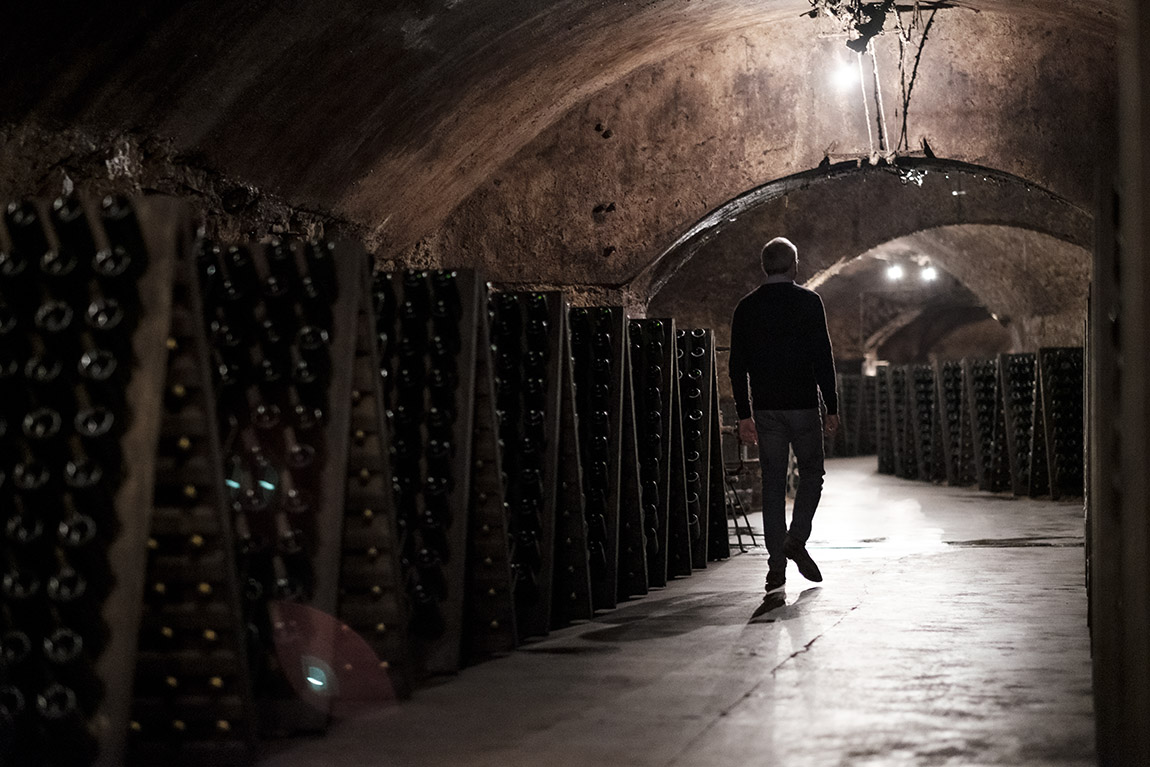
Caves St Martin in the Moselle Valley. Photo: ©Pancake!
Other Belgian wines worth discovering are those of Château de Bioul, located in the region of Namur and currently in the hands of Andy and Vanessa Wyckmans. Stretching out over 11 hectares, the vineyards are planted with varietals such as Johaniter, Cabaret Noir, Solaris, Muscaris, Cabernet Blanc and Pinotin. Château de Bioul makes reds, whites, rosés and sparkling wines.
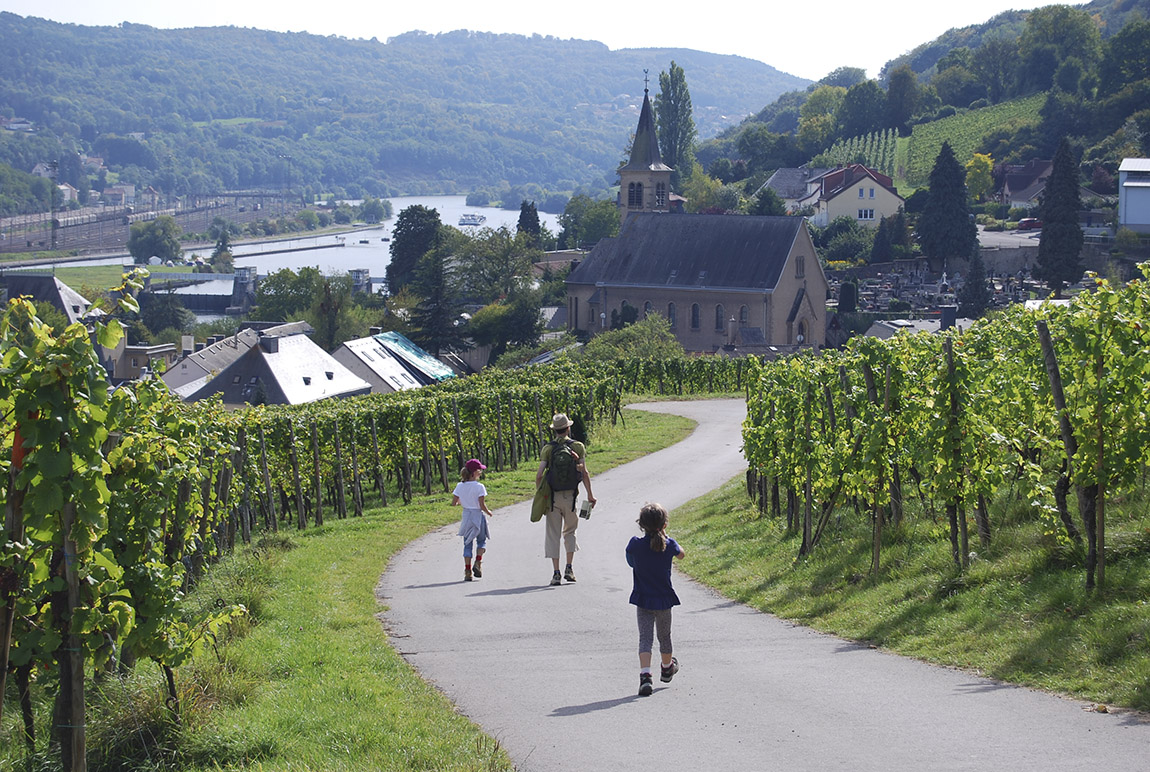
Along Luxembourg’s Route du Vin. Photo: ©SIP
Viticultural wonders along the Moselle
In Luxembourg, wine has been cultivated since antiquity, yet it wasn’t until after World War I – especially in the 1920s and 30s – that the country would start to carve a name for itself in the wine world. The Institut Vini Viticole, for example, which provides guidance to the country’s winegrowers, was founded in 1925. A decade later, the Marque National de Vins Luxembourgeois, which safeguards the quality of the country’s wines, was established. With the introduction of the Moselle Luxembourgeoise – Appellation contrôlée distinction in the 1980s and the creation of the label Crémant du Luxembourg, the reputation of the wines was established.
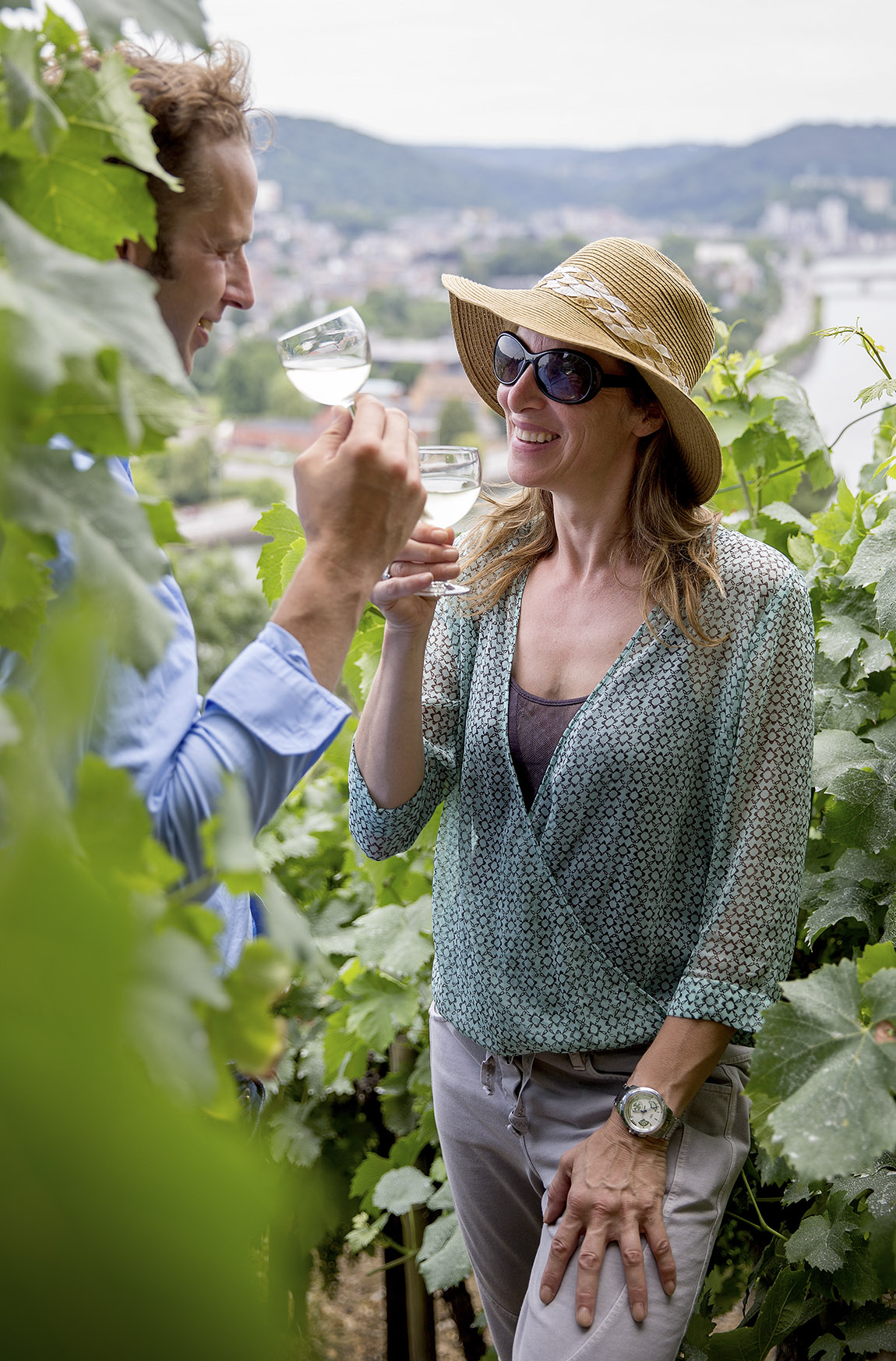
Vignoble Le Clos des Prébendiers in Wallonia. Photo: David Samyn-Huy
Today, Luxembourg counts some 450 winegrowers spread out over 1,300 hectares in the main winegrowing region, the Moselle, which is located in the east and extends into neighbouring Germany and France. Approximately 90% of the production is white (still and sparkling) made with grapes such as Riesling, Pinots, Gewürztraminer, Auxerrois, Rivaner, Elbling and Chardonnay. The lesser-known red wines are made from grapes such as Pinot Noir, Saint Laurent and Gamay. Sparkling Crémants have started gaining momentum in the past 30 years. Approximately two-thirds of the wine is consumed in the country, with the rest being exported to Germany, Belgium and France.
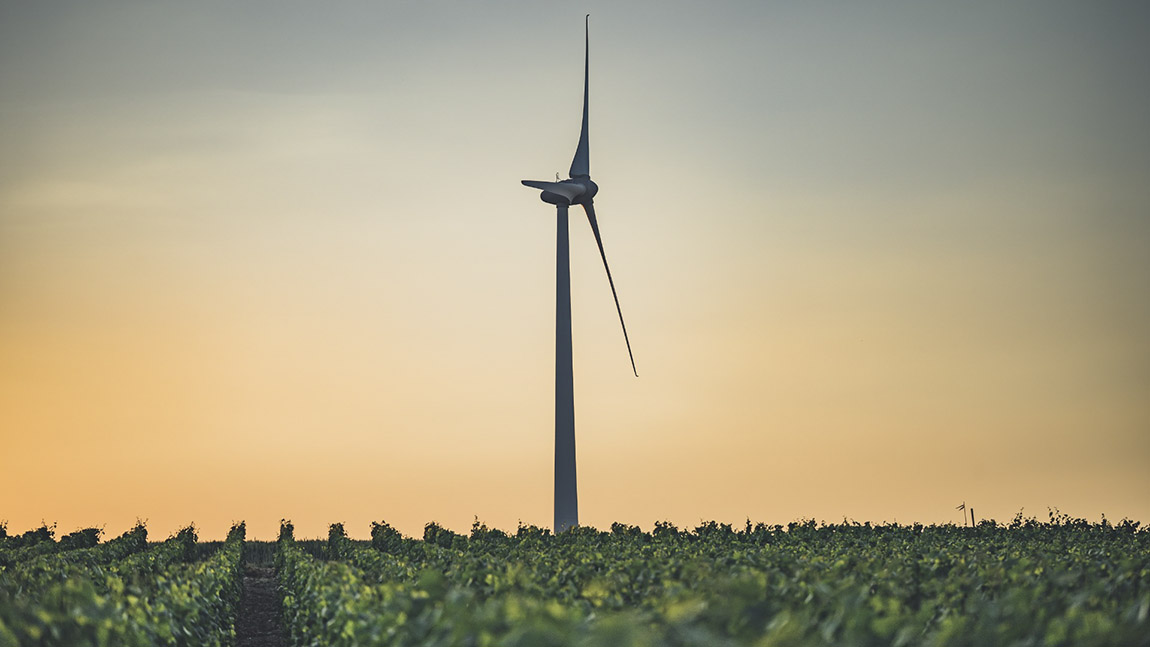
Domaine du Chant d’Éole. Photo: Domaine du Chant d’Éole
The best way to discover Luxembourg’s wines is with a trip through its panoramic vineyards. The Nature and Discovery Walk Kelsbaach allows you to explore the history of winegrowing in the town of Grevenmacher during a 4.3-kilometre hike. Grevenmacher holds an annual Grape and Wine Festival every September (this year from the 8th to the 10th). Another great idea would be to follow the Circular Crémant Walk, which leads you through the villages of Wellenstein, Bech-Kleinmacher and Schwebsange (with a stop at the Winegrower’s Cooperative in Wellenstein). If you have plenty of time and want a more extensive tour of the region’s vineyards, head to visitmoselle.lu and map out the perfect wine discovery route by downloading their handy map and brochure with everything from wineries to places to eat and sleep. Finally, the Grand Tour du Luxembourg, which can be followed in a vintage car, will take you on a 115-kilometre trip along the lush vineyards of the Moselle River.
With exciting wine regions overflowing with excellent wines, it’s obvious that in Benelux, there are plenty of reasons to raise a glass and say ‘proost’ or ‘santé’!
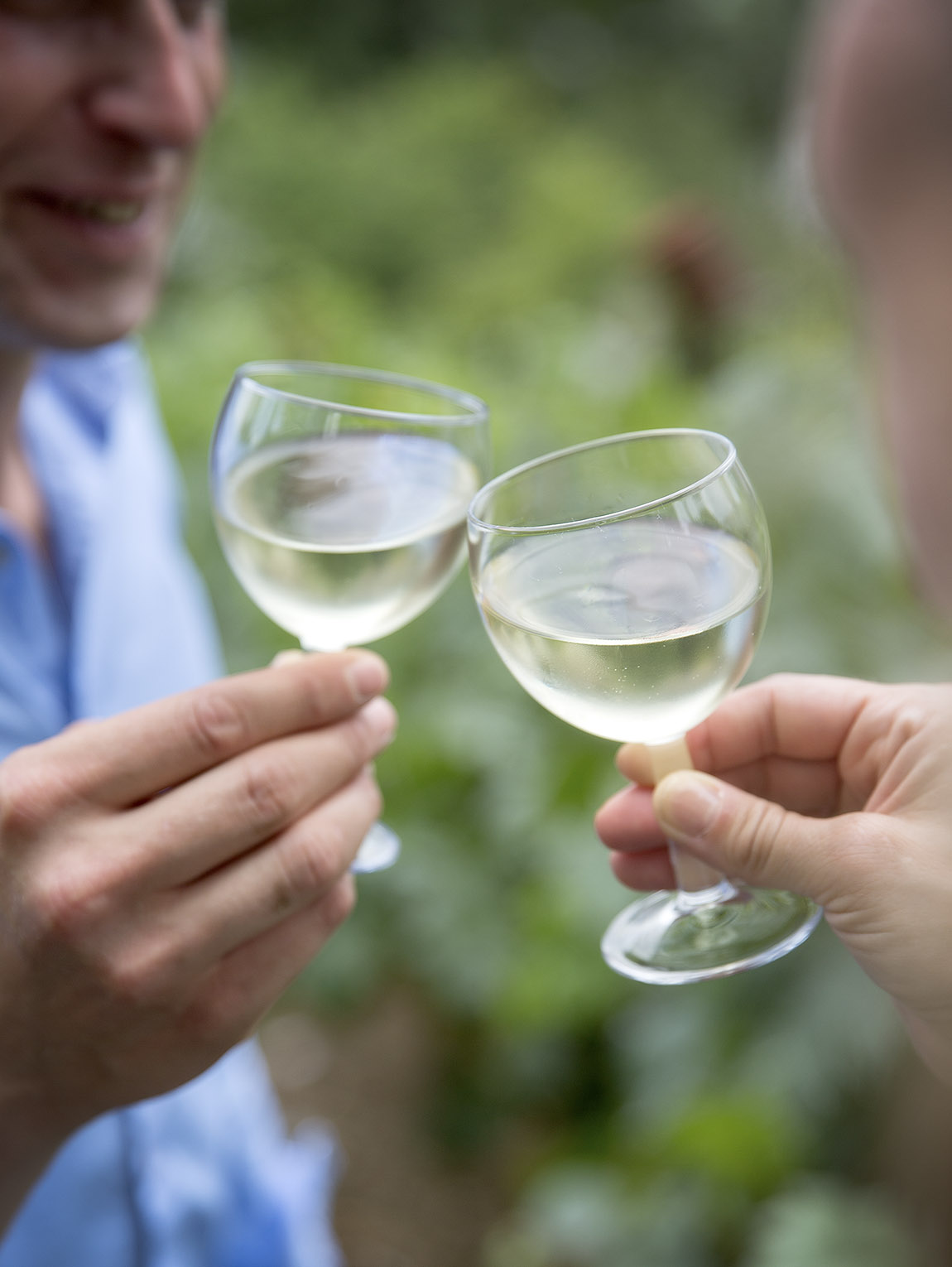
Vignoble Le Clos des Prébendiers in Wallonia. Photo: David Samyn-Huy
Subscribe to Our Newsletter
Receive our monthly newsletter by email


